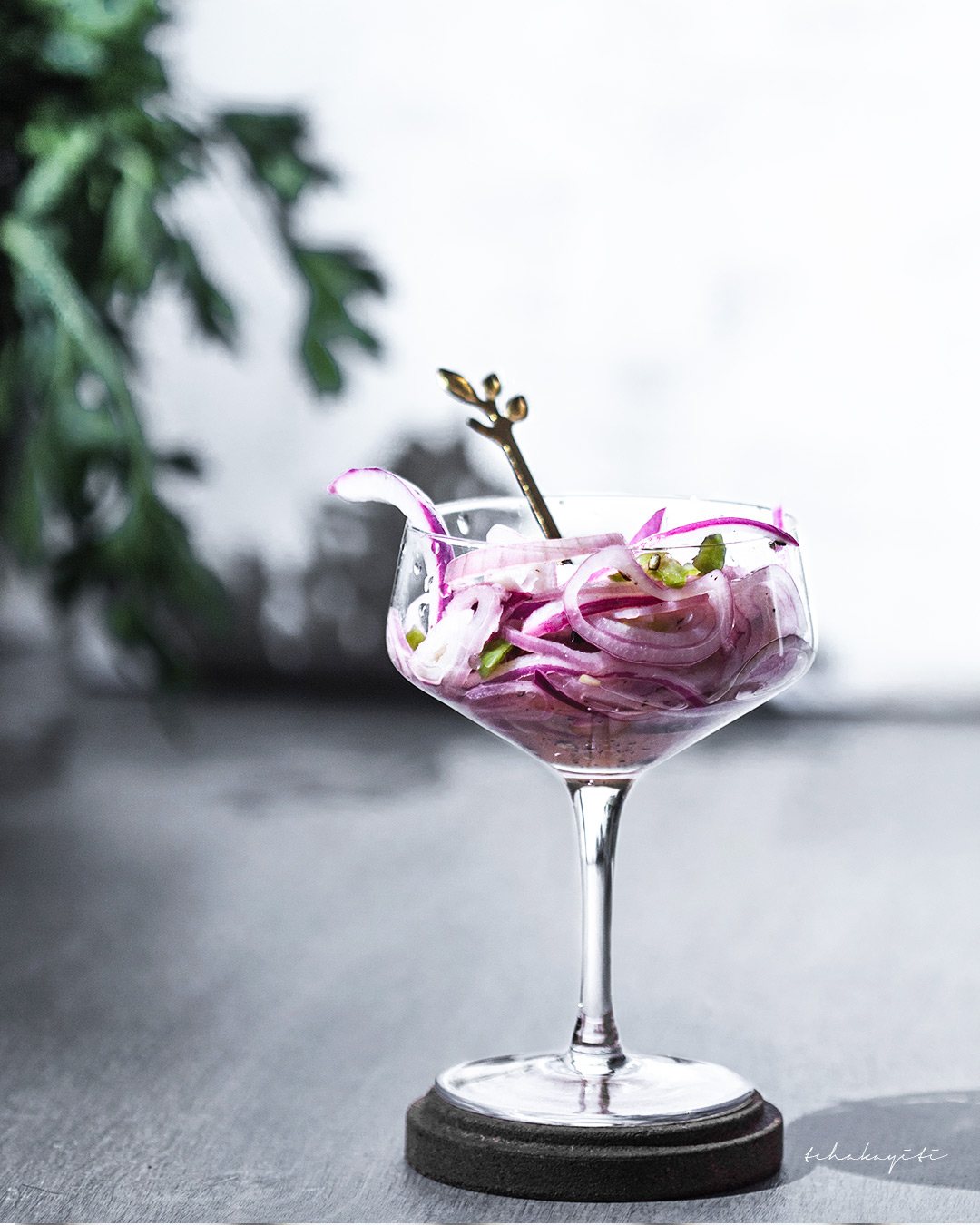It just dawned on me that for the past 18 months I have told you about the aromas, smells and tastes of my beloved Haiti through anecdotes linked to my childhood and a couple of recipes gathered here and there. Yet, I never really took the time to tell you about two essential ingredients needed to succeed in Haitian cooking: patience and love.
Patience because Haitian food isn’t just something you prepare on a whim, it is a well-thought out menu that you prep a couple of hours before the meal of the day needs to be served. Love because without a passion for cooking the Haitian way, your meal will probably end up blend when our food is anything but blend.
This scenario I witnessed throughout my childhood when I used to hang out with the cook during the summer will surely make the above statement clearer.
When prepping a Haitian meal you must:
Rise at dawn. Just as the sun emerges, prep the day’s sòs pwa by rinsing your beans and cooking them. Now is also a good time to thaw your meat.
Once the sun has completely risen, bring out your uncut meat that you got directly from the butcher and cut it into the desired portions. Don’t waste the fat you cut off, simply toss it to the friendly neighborhood cat that chose just your kitchen doorstep to hang out at that precise time. Be careful not to leave your bigger portions unattended for he might just take them home for his feast of the day.
Set your meat aside and work on your seasoning otherwise known as epis which recipe you will find here. Warning, this will require that you bring out the mortar and pestle. No worries its rhythm should make this process fun.
Season your meat with the epis and let it marinate for a couple of hours while you go about your daily activities.
At noon, head back to the kitchen. Puree your fully cooked beans with the mortar and pestle so as to make the famous sòs pwa that you will then let simmer for another hour or so.
You probably want to start cooking your meat at this point too. After all, just like the beans, you will let it simmer for a while on the stove for all the flavors to fully develop.
When the clock switches to 2:00pm, bring out the rice, rinse it and cook it using the steps indicated here.
Use that time to finalize your meat. You may also prep your plantains at this point. Whether you fully cook them or not will depend on your choice of the day: bannann bouyi (boiled plantain) or banane pesees.
Your meal will be about ready around 3:00 or 3:30pm. But you’re not done yet. At that time bring out the salad consisting mainly of lettuce and tomato and anything your palate fancies, and soak it in some water to which you will have added some lime juice or vinegar to kill bacteria.
Set it all aside and wait for your guests to make it home. Once they arrive around 4:30 or 5:00 pm, reheat everything, strain your salad and voila, dinner is served.
Congratulations, you have now mastered the art of Haitian cooking!
Fear not, our meals don’t always require you to be in the kitchen all day long. As you start embracing our cooking, you will surely come up with your own shortcuts to speed up the process. I know I have. 😉







